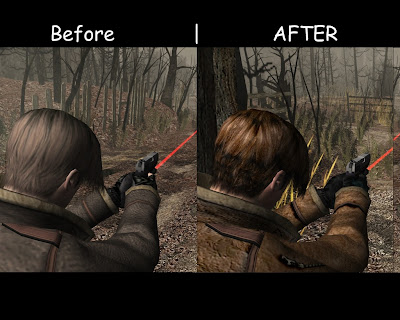
Launch the game, the REFramework window should appear, head to the Temporal Upscaler option and choose DLSS or XeSS.When using DLSS, you might need to adjust the LOD Bias values: using Nvidia Profile Inspector, set "Antialiasing Transparency Supersampling" to "0x00000008 AA_MODE_REPLAY_MODE_ALL" and "Texture Filtering LOD Bias (DX)" to -0.5000 for DLSS Quality mode, -1.0000 for DLSS Balanced mode, -1.5000 for DLSS Performance mode.

Extract the dinput8.dll file from the RE4 archive, the PDPerfPlugin.dll file from the UpscalerBasePlugin archive and the nvngx_dlss.dll file or all files from the XeSS archive in the Resident Evil 4 directory next to the main re4.exe file.Download the UpscalerBasePlugin archive.How to install the NVIDIA's DLSS Super Resolution and Intel's Xe Super Sampling Mod for Resident Evil 4 Remake:

But depending on the game, there are subtle differences in the implementation of NVIDIA's DLSS Super Resolution (DLSS 3.1), Intel's Xe Super Sampling (XeSS) and AMD's FidelityFX Super Resolution 2.1 (FSR 2.1), so we are keen to have a look at these temporal upscalers in this game. In order to run this game at maximum graphics settings and reasonable framerates at native resolution, quite a powerful GPU is required, which is why upscaling solutions are so important. Several days after the release, PureDark and Praydog from the modding community introduce another important in-game improvement-NVIDIA's Deep Learning Anti-Aliasing (DLAA), NVIDIA's DLSS Super Resolution (DLSS 3.1) and Intel's Xe Super Sampling (XeSS) support in their ReFramework tool, which doesn't require any external software for installation.

IntroductionFollowing our testing of the FSR 2.1 implementation in Resident Evil 4 Remake, the loyal modding community continues to improve games before developers even release their patches.


 0 kommentar(er)
0 kommentar(er)
